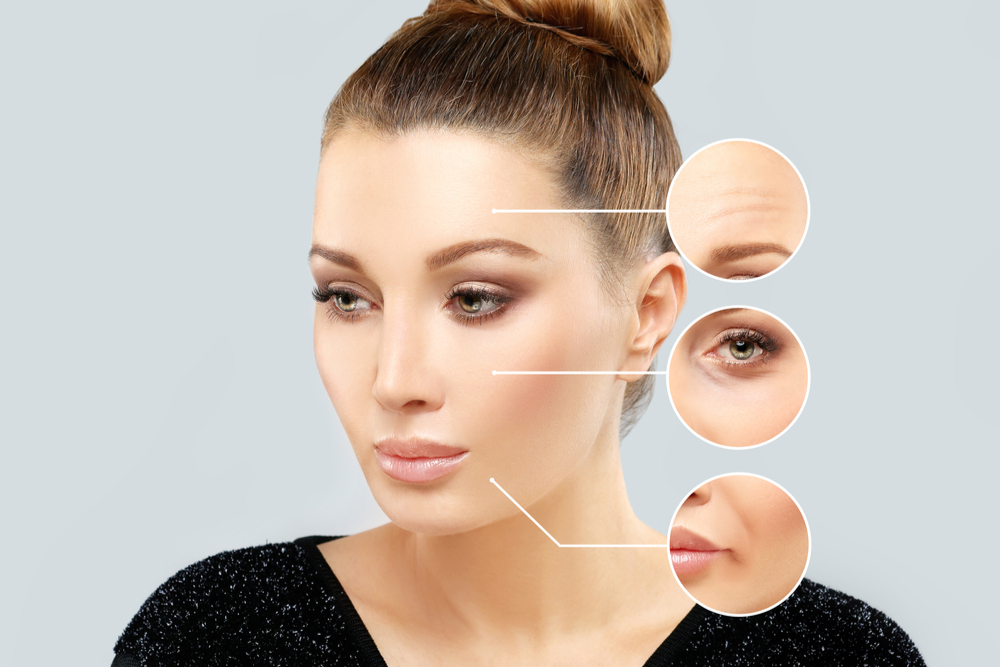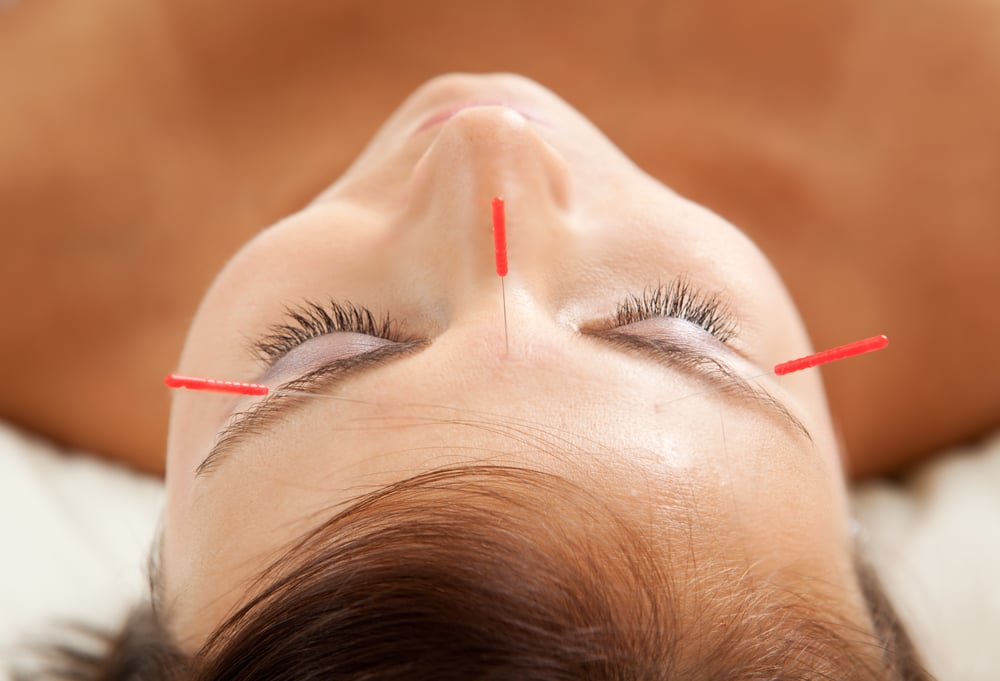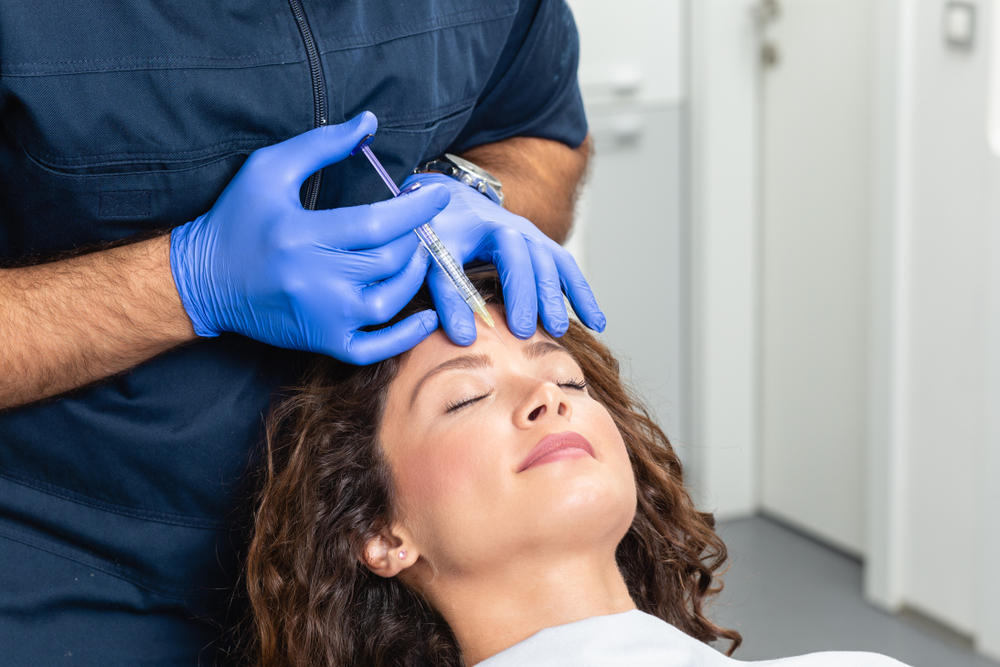There are a slew of so-called Botox alternatives in development, but one is far more anticipated than all the others. And if Botox injections or needles on the whole scare you, you’re in for a treat! A brand-new Botox gel is expected to hit the market in the coming years.
If you’ve seen Botox cream for sale on the web or in beauty stores, proceed with caution. As of now, the U.S. Food and Drug Administration (FDA) hasn’t approved the use of botulinum toxin — the protein found in Botox — as a topical anti-aging treatment. Any product sold as such is merely a marketing ploy.
But there’s hope on the horizon. Researchers have been conducting studies and clinical trials to perfect a needle-free Botox alternative, and expect it to be available by 2019.
The Most-Anticipated Botox Topical Cream
Botox is made by Allergan, a Dublin-based global pharmaceutical company that produces a variety of cosmetic products. Botox facial injections last for roughly three to six months, with patients typically undergoing several sessions per year for maintenance.
The injections are also used for various medical treatments, and can help with overactive muscles, migraines, overactive bladder, crossed eyes and other muscle-related ailments.
As such, Botox reigns supreme in the medical-aesthetics market — but it may have a new contender.
Developed by Revance Therapeutics, Inc. — a Silicon Valley-based biotechnology company specializing in aesthetic and therapeutic products — DaxibotulinumtoxinA Topical Gel has been under the microscope for several years, with the company working to perfect its ability to smooth away lateral canthal lines, or crow’s feet.
So far, three phases of the wrinkle gel have been developed, with double-blind studies and clinical trials at every step of the way. Unfortunately, none of these phases have been enough to propel it onto the market, despite positive findings.
Revance is focused not only on developing the new anti-aging gel (called RT001), but also an injectable called RT002. Both the topical gel and injection will use Revance’s TransMTS® peptide technology, which, when paired with the DaxibotulinumtoxinA compound, could produce what the company calls “the first potentially long-acting neurotoxin.”
In other words, Revance’s promising new gel and injections could provide a longer-lasting alternative to Botox, correcting one of the product’s major drawbacks.
In June 2016, Revance unveiled the findings of the third phase of its study. Unfortunately, the Botox cream did not yield effective results, so its researchers went back to the drawing board. However, this year, Revance released new data suggesting that their product shows superior duration compared with Botox.
Early studies of DaxibotulinumtoxinA have been tested on 1,600 subjects with crow’s feet in over 17 clinical trials. According to Revance, RT001 gel seems to be relatively safe, with minimal side effects reported so far.
“Our clinical and other studies have consistently indicated that RT001 topical appears to be well-tolerated with no serious adverse events related to the study drug or study treatment procedures or other safety concerns,” the company said in its annual report. However, it’s unclear as to whether or not the gel has been tested on people with sensitive skin and other dermal issues.
Does It Work?
As of September, 2017, Revance’s topical gel is still in preclinical testing in order to determine which versions of the product should be used in clinical trials.
RT002, the injectable that claims to last longer than Botox, is currently in clinical trials. Despite several setbacks for the company, the promise of this revolutionary topical Botox product has helped them secure several rounds of funding. Revance estimates that DaxibotulinumtoxinA — either in its injectable or topical form — will be FDA approved by 2019 or 2020, with a U.S. product launch around the same time period.
With all of this taken into consideration, there’s still a lot of promise in Revance’s RT001 topical gel, with the company reporting positive results.
Studies have shown that a single treatment of RT001 topical gel achieved “clinically meaningful efficacy” after four weeks of using the product. During one double-blind study, patients who used RT001 experienced a 79.6 to 81.1 change, while those who used the placebo reported a 54.6 percent change.
Despite this, Revance still needs to conduct more testing in order to seek approval from the FDA and get the product on the market.
Botox in a Jar: What’s at Stake
According to dermatologists and cosmetic surgery professionals, this brand-new face cream is expected to seriously shake up the skincare market and revolutionize the entire industry.
Because Botox is considered minimally invasive and requires an in-office visit, an at-home cream could provide a new level of convenience for consumers while minimizing pain and bruising. What’s more, these topical creams may be more successful at treating delicate and hard-to-reach areas, and last longer than traditional Botox injections.
This “Botox in a Jar,” as some journalists are already calling it, could be a great way to treat stubborn expression lines and wrinkles for extended periods of time, without having to visit a professional. Sounds amazing, right? Almost.
There’s a downside to using Botox in the form of a gel, too. Medical professionals worry about the product’s ability to provide a high level of tissue diffusion — oxygen’s ability to absorb into the skin cells and tissues — and therefore wonder if it will have the same smoothing quality as injections.
Some doctors are also wary of imposters, and say that there will be a very high likelihood that counterfeit products will come onto the market. There’s also some concern about over-dosage, since patients will administer the treatments themselves, and debate about whether or not the treatment should be used without a medical professional present.
“Careful guidelines would need to be followed, otherwise it may result in tragic outcomes,” says Dr. Leonard Grossman, a New York City-based plastic and cosmetic surgeon. “Imagine applying it to the eyes, even by accident, or over an area that should not be treated.”
With that being said, the gel’s maker has stated that, once perfected, use of the product will need to be administered and closely monitored by a physician.
“Botox is a multi-billion dollar per year blockbuster,” says Dr. Matthew Knight of Knight Dermatology Institute in Orlando, Fla. “The drawback, of course, is the fact that it needs to be injected in the muscle to work.”
Therefore, a Botox gel would be a major asset to the market. However, in addition to the concerns outlined above, Knight points out that there are a variety of other issues that could compromise the efficacy of the product.
“Our skin is really good at keeping things out,” Knight said. “In fact, this is the skin’s prime biologic function. Only very small molecules with certain properties can pass through our epidermis, which is why topical Botox is elusive. Anyone who can perfect this — if even for thin areas like the crow’s feet area — will have an instant home run on their hands.”
The Bottom Line
Unfortunately, for the moment there’s just not enough information about this cutting-edge new treatment to know whether or not it’s going to be as successful as we all hope.
With that being said, we’ll continue to update you on the latest and greatest new Botox treatments that pop up on the market. If you’re looking for a good-quality face or eye cream in the interim, you can’t go wrong with vitamin A-based Retinol and its prescription counterpart, Tretinoin.









